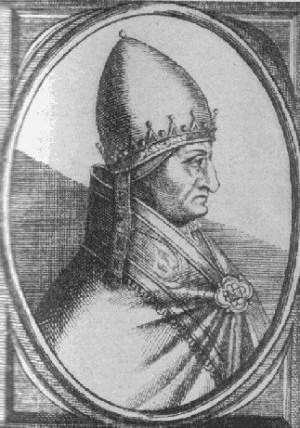


 
|





|
 |
| Powell's Books · Barnes & Noble |
Lars Brownworth © 2010
I went into this book knowing very little about the Byzantine Empire. I recently read another of Lars' books, The Sea Wolves: A History of the Vikings, which mentioned the B.E. enough to pique my interest. While not exhaustive, (or exhausting for that matter) I closed this book with an understanding of the Byzantine Empire's place in the world, the role it played in European history, and the depth of the loss when it finally fell in 29 May 1453 to the Ottomans.
The Roman Empire fractured into East and West around 285 A.D. Newly appointed Emperor of the East, Constantine, (The Great) located his capital city in what is now Istanbul, Turkey. This location was highly defensible and a hub in the spokes of the trade routes by land and sea. Constantine lost no time establishing his capital city, soon to be known as Constantinople which would become the heart of the Byzantine Empire. The new empire rejected Roman Polytheism in favor of Christianity (Orthodox) and took up Greek rather than Latin as was used in Western Rome. And like the Greeks, they treasured philosophy, education, culture and art. The separate path of cultural evolution between the two empires began immediately.
| He's not cruel, just accurate for the time-period. O.K. so maybe the Red Wedding was a little much... |
 |
| I thought they'd be hairier. |
 |
| How many Hail Mary's for betrayal? |
The Ottoman army of eighty thousand was led by Sultan Mehmed II. The city's defensive force numbered around seven thousand. They resisted the siege for about a month before the formidable walls finally crumbled under the assault of the newly minted cannons. The last great emperor Constantine XI, was valiant in his efforts to preserve the city, tirelessly fighting alongside the soldiers and citizens in its defense. It is said that when the wall was finally breached, Constantine rushed headlong into the flood of the enemy and was never seen again.
As the invaders poured into the city, I wanted to cry.
| Nice work, Mehmed II. |
The exodus of the B.E.'s citizens brought them west, and Lars' credits this influx of people with giving rise to the cultural flowering known as the Renaissance.
Never before have I found history so interesting and engaging (fun?), and so easy to draw parallels to modern day as from Lars' books. It seems that often historians simply don't possess the rhetoric necessary to reach someone outside the circle of people they're trying to impress—or maybe they're just so inundated with the dates, names, and desire to be comprehensive, that assembling the pieces in the reader's mind is nigh impossible, at least for a lay person like me.
Noteworthy:
Several of the Byzantine Emperors were successful in reining in the power of the aristocracies. Some were ruthless in their taxation of the very rich to finance wars, public building projects, etc. During these times the empire flourished. The aristocracies were vast reservoirs of wealth. The Emperors who broke through the dams, and could keep the waters of wealth flowing, saw the empire replenished and flourishing. When the aristocracies, often through treachery, put their people on the throne the empire dried and decayed. The aristocrats gobbled up all the arable land and forced the working class into extreme hard labor to scratch out an existence as the empire's defense and infrastructure rotted.

No comments:
Post a Comment